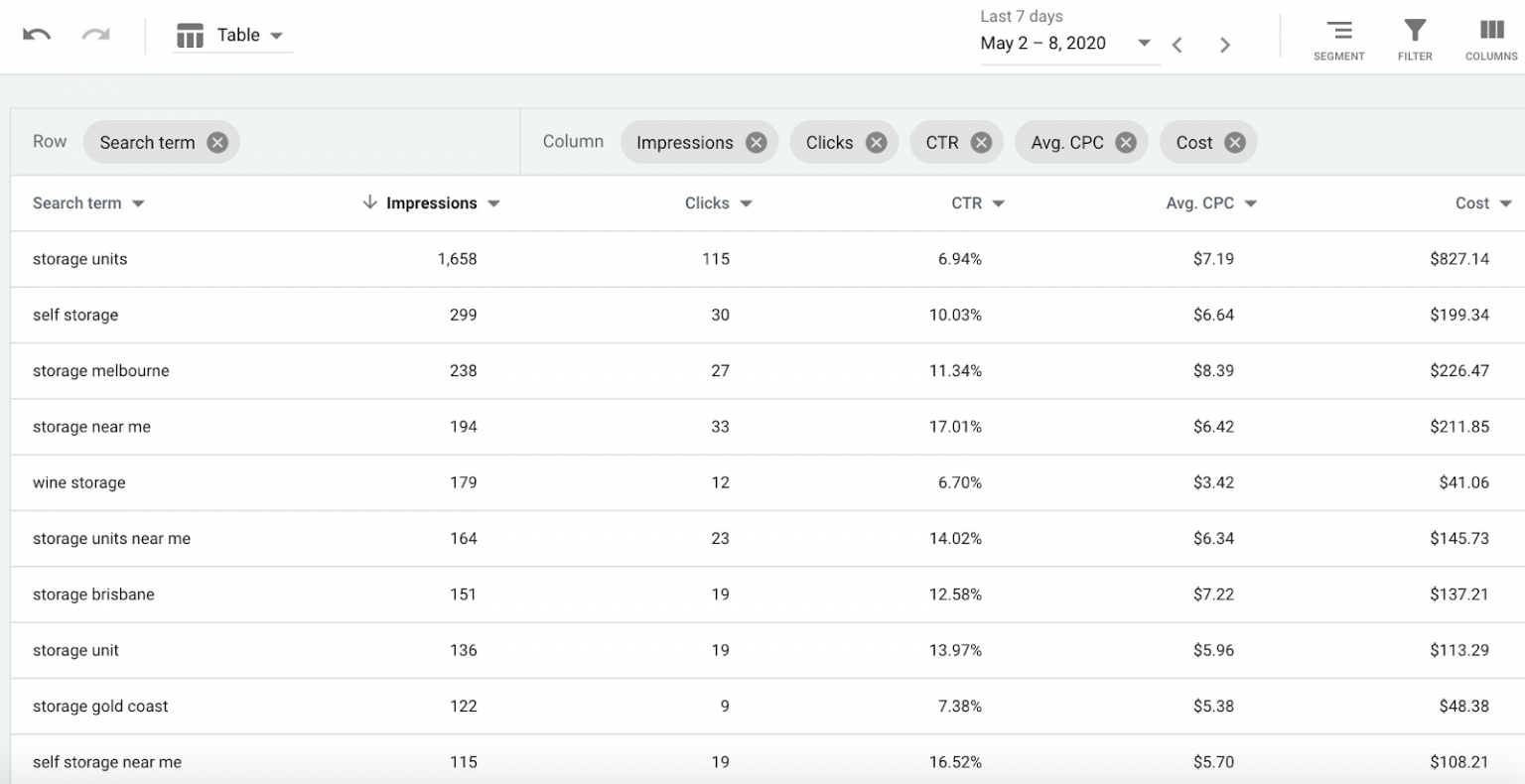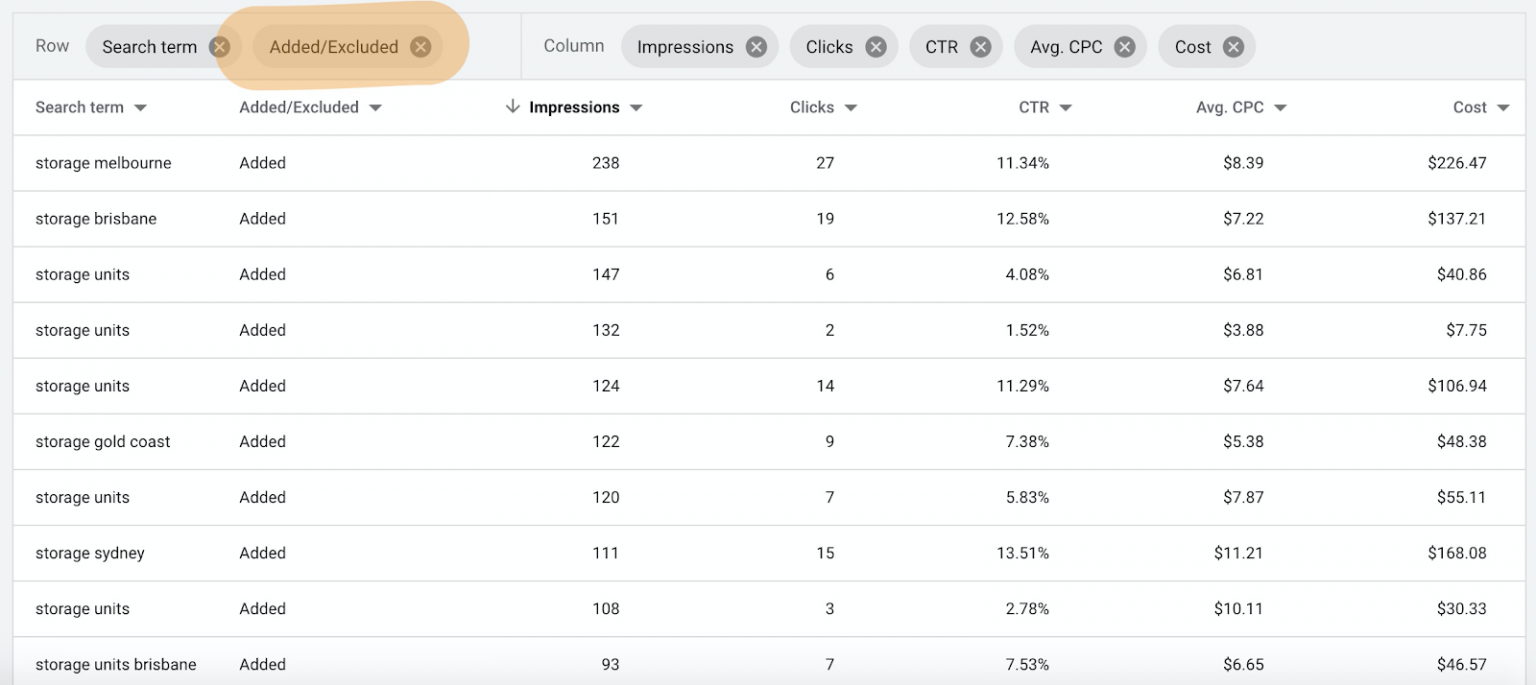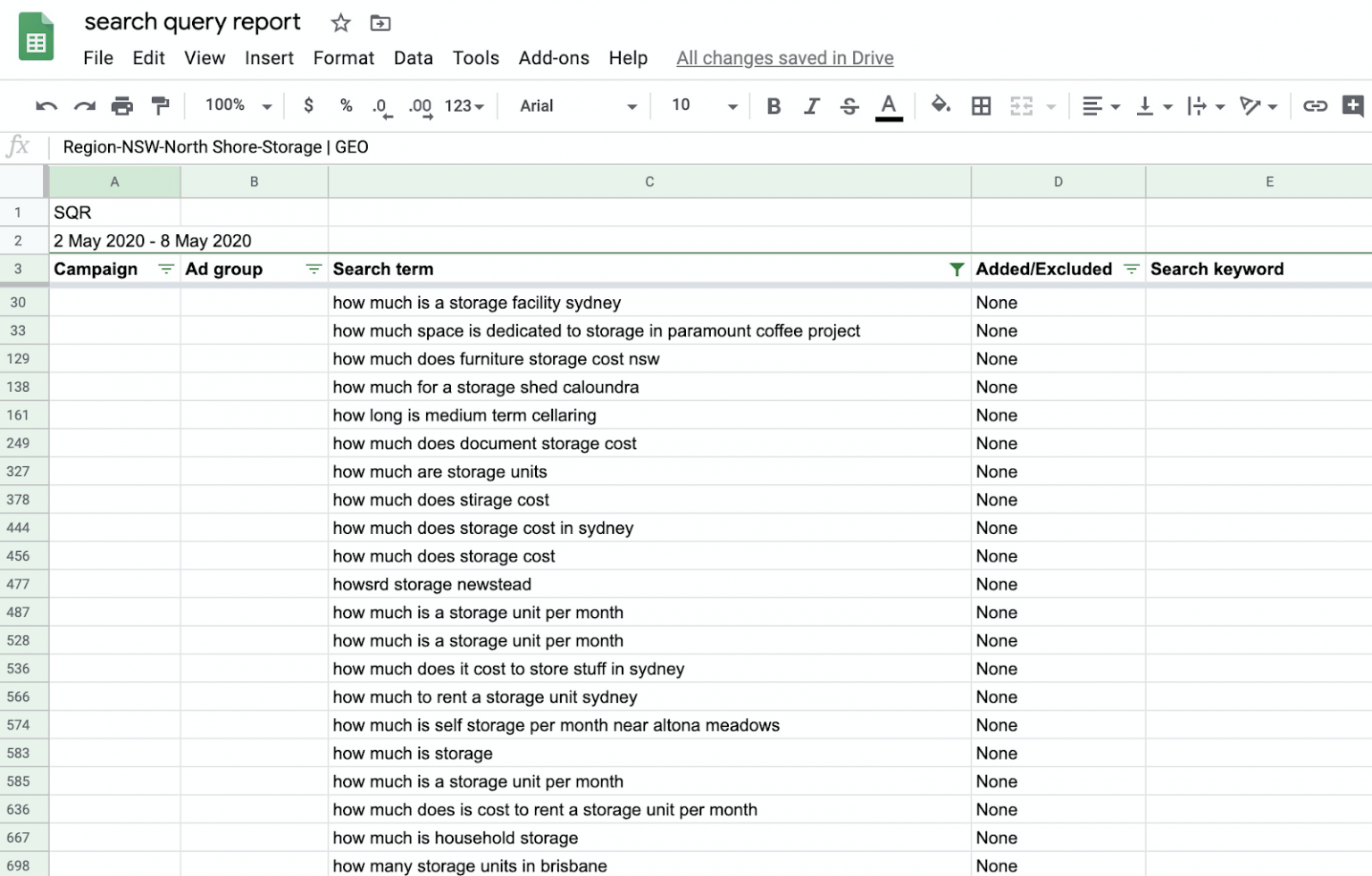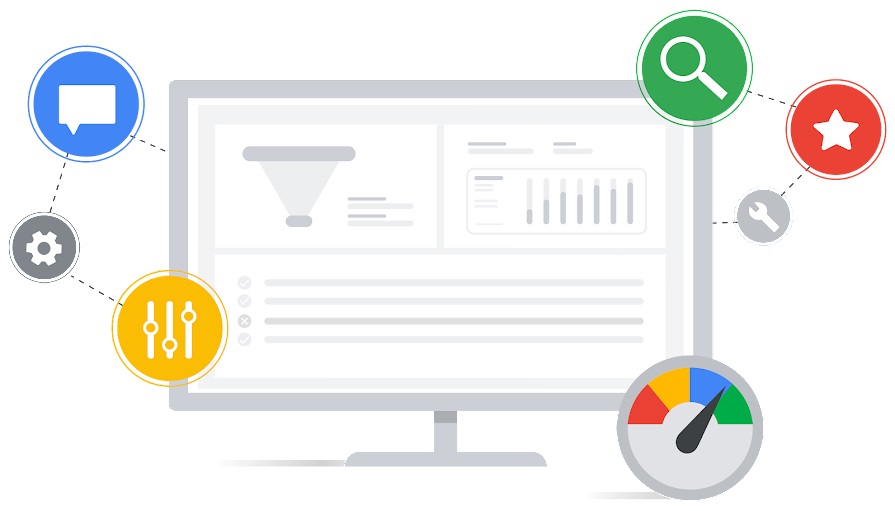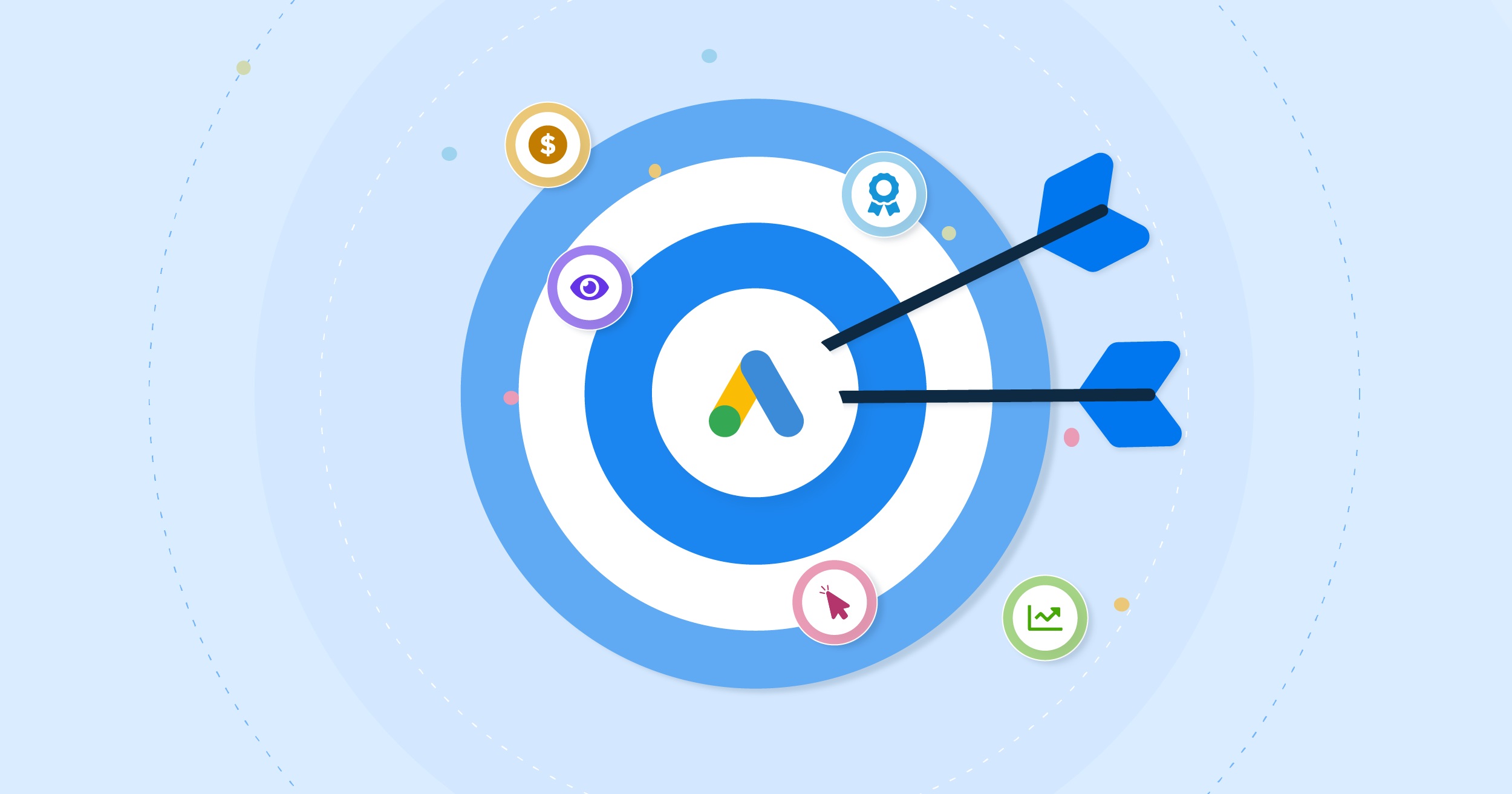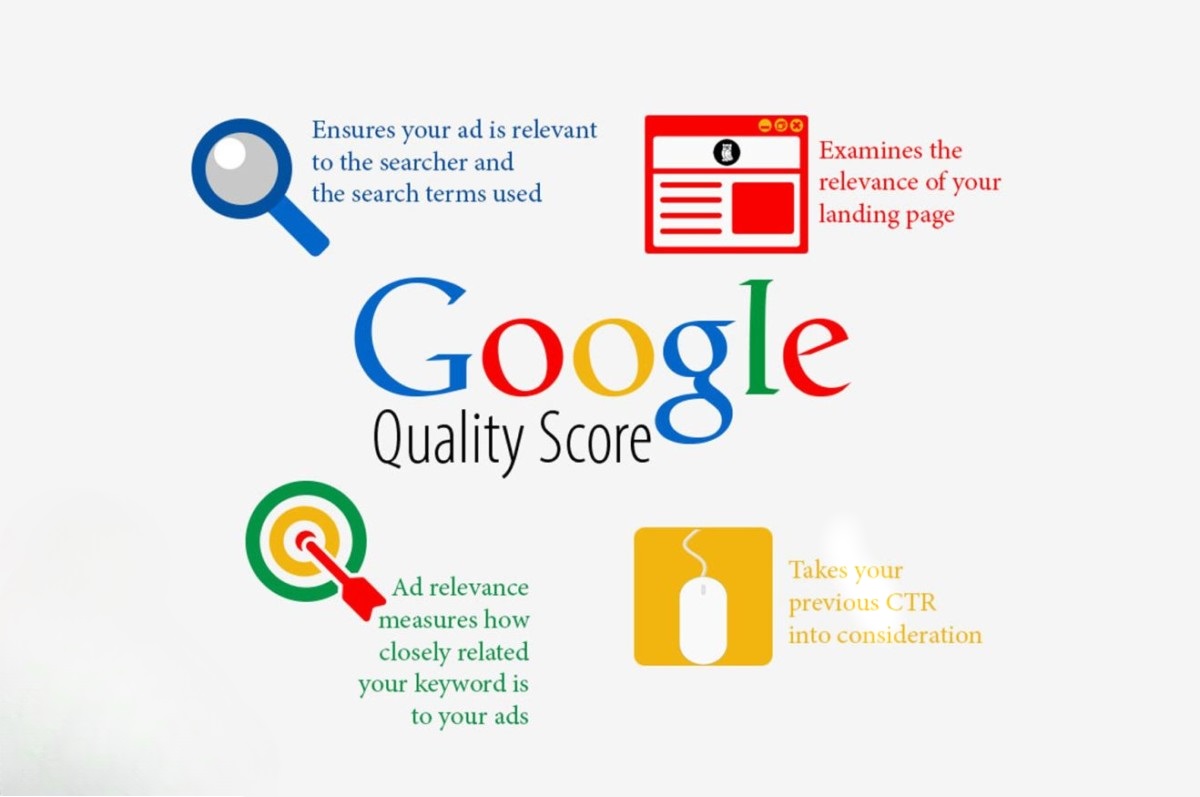Before we start we need to have a quick look at the pros and cons of Google’s push for automation, so let’s review the good, the bad, and the ugly of automation and smart bidding.
The Good
Nowadays smart bidding has largely taken over any manual bidding process. Whereas Google’s evolution in neural network and deep learning have allowed for a better understanding of the user search intent, and a consequent simplification of the requirements in setting up new PPC campaigns.
For example, if in the old days we needed to have misspellings, plurals and any possible permutation of a keyword in all possible match types, now exact match is not that exact anymore but it covers all those options aforementioned.
The benefits of this evolution are clear, we save a lot of time in planning and implementation of new campaigns, but also when optimising existing ones.
The Bad
With Google Ads moving more and more tasks to machine learning and automation, the levers left to PPC managers around the globe to be able to optimise a campaign have reduced significantly in the last few years.
The downside of all this is that there are still areas where the input and expertise of a good PPC manager will make the difference between average or even good results and achieving performance that goes above and beyond.
The Ugly
By no means should PPC campaigns be a ‘set and forget’ business, so if anyone is hoping that campaigns can be built and set on autopilot to drive outstanding results, they are in for some disappointment.
The Trifecta Opportunity
As mentioned, there are still areas where a good and proactive PPC manager can make a significant difference.
One of those is in the review and analysis of the search query list (by many still known as SQR – Search Query Report), and the aim of this article is exactly that – to cover the ‘how to review the SQR and optimise a PPC campaign with an holistic approach’.
To be clear, I am a big fan of automation and I personally pursue constant improvements employing automation on any task that can benefit from it. Although there are ways to use Python and other automated ways to achieve the same result, here we will focus on an easier way; making use of the custom Google Ads reports and Google Sheets (or good old Excel).
If you are still with me you are in for a trifecta of opportunities because reviewing and analysing the SQR can help to achieve three performance goals at once:
- Improve the performance of the PPC campaigns
- Inform a solid content strategy to capture users at the top of the funnel and in the research stage of the user journey with owned channels
- Boost the discoverability of the informative content through more cost-effective native ads
A Few Simple Steps To Get Started
So let’s start. The first step is to go to reports section in Google Ads:
Depending on the size of the account and the volume of impressions and clicks, choose a date range that will provide you with enough data to analyse.
For the report dimension choose ‘search term’, this is the search query, what the user has typed in Google and that has triggered one of more of your keywords.
In the metrics, choose and add: impressions, clicks, CTR (click-through-rate), average CPC, cost and conversions (not included in these screenshots for privacy reasons).
Then in the row section add a new dimension choosing ‘Added/Excluded’ from the Targeting dimensions:
Use this as a filter, clicking on the arrow, select ‘None’ and then apply:
You now have a report showing you all the search queries that have triggered impressions and clicks, but that you do not have a corresponding keyword for in your campaign:
Please note, if you have multiple campaigns you might also want to add Campaign and Ad Group to the report dimensions.
Now it’s time to save the report; give it a descriptive name, and proceed to download.
Download as .csv and then import into Google Sheets:
Filter the Search Terms to look for any queries that contain the five Ws (sometimes referred to as Five Ws and How, 5W1H, or Six Ws); those questions whose answers are considered basic, in information gathering or problem solving*.
In our example above, we have filtered our queries to search for any term containing the word ‘how’.
Using the conversion data identify and split the queries that have led to positive ROI to evaluate whether you should continue paying for those terms.
Whereas, for those queries that haven’t generated conversions, you now have a good understanding of the type of questions your customers are asking. These questions can help inform your content strategy and develop informative pages where your audience can find the answers they are looking for.
The Results
For one of our clients in particular, this approach has helped to generate an increase in the ROI from Google Ads by over 20%. We also saw a boost in organic traffic by more than 15% once more informative content was developed and published.
Additionally, we were also able to use the new content to syndicate it through native advertising, reaching new prospects but at a much lower cost than what we were previously paying through the PPC campaign.
Summary
There’s no doubt Google’s automation and machine learning has key benefits and can save us digital marketers time in the short term.
But in my view, there is still an essential requirement to get the most out of our Google Ads campaigns, a knowledgeable and experienced digital marketer to make sense of the data, complete more and deeper analysis and to use the results and insights to inform decisions about how we communicate with customers.
I’d be keen to know what others think, so if you also have a view on this, please leave a note/or question in the comments section below.


